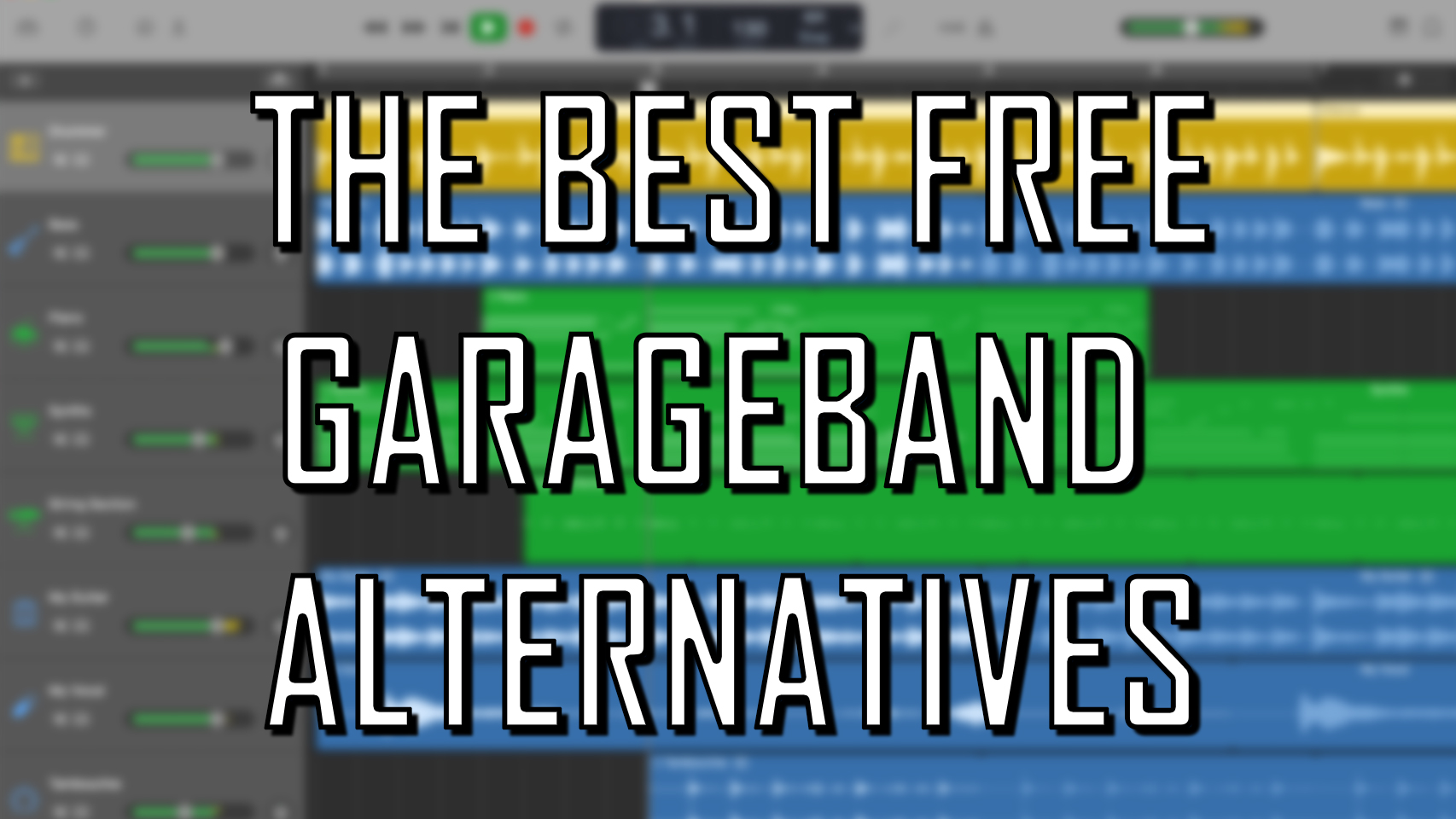- Bypass, remove, or rescan third-party Audio Units plug-ins in Logic Pro What to do if Logic Pro isn't working as expected Information about products not manufactured by Apple, or independent websites not controlled or tested by Apple, is provided without recommendation or endorsement.
- In GarageBand on Mac, in the Plug-ins area of the Smart Controls pane, click the Instrument slot, choose either AU Generators or AU Instruments, then choose a plug-in from the submenu. The plug-in window opens, showing the plug-in’s controls. Adding an Audio Units instrument plug-in replaces the original instrument plug-in.
So I want to know do people who perform genres that require lots and lots of pedals, like Shoegaze and ethereal ambient guitar music, do they use GarageBand exclusively, combine there real pedalboard with the one on GarageBand, or exclusively real equipment. I got thinking about this because I had the thought of 'If I ever was to perform or play genres like shoegaze, then would I rely on online pedals from GarageBand or some other DAW, or would I just buy a lot of real pedals.' I want to hear what people use and their oppinons on the matter.
This step is necessary for all third party plugins. First, make sure that you have installed the Jamstik Creator and Sound Library correctly and have run the Jamstik Creator standalone application at least once and make sure Enable Audio Units is checked under Preferences. The Jamstik Creator UI should now open in a window on top of GarageBand.
Garageband makes it really easy to get in there and easily set up virtual instruments that come built-in. However, if you're going in to Garageband with the intention of using a third-party plug-in, you might be scratching your head at first.
This Tutorial will show you how to easily set up a third party audio unit plug-ins (AU .component).
How to add an Audio Unit (Instrument)
Get started with Logic Pro software instrument tracks
If you have a USB or MIDI keyboard (or another type of MIDI controller) connected to your computer, you can play and record software instruments. Logic Pro features a complete library of professional-quality software instruments, including synthesizers and other keyboards, guitars, drums, world instruments, and more.


A patch contains the instrument, effects, and routing settings that control the sound of the track. You can change the sound of a software instrument track by choosing a different patch from the Library. In the Library, you can also audition patches to find the one you want to use.
You record a software instrument on a software instrument track in the Tracks area. The recording appears as a MIDI region on the selected software instrument track. You can arrange MIDI regions in the Tracks area, and edit them in the Piano Roll Editor and other editors.
3rd Party Band
Logic Pro includes a metronome, which plays a steady beat to help you play in time while recording. You can have the metronome play as you record, or play only a one-bar count-in before recording starts.
Garageband 3rd Party Plugins S Ableton
Select a software instrument track, then play notes on your music keyboard.
If your music keyboard has pitch bend and modulation wheels, move them as you play, to see how the sound changes. If your music keyboard has other controls, such as faders, knobs, or drum pads, try using them as well.
In the Logic Pro toolbar, click the Add Tracks button .
Click the Software Instrument & MIDI icon (the keyboard) at the top of the New Tracks dialog.
If necessary, click the Details triangle to open the bottom of the dialog.
Make sure that “A Software Instrument” appears on the pop-up menu on the left, and “Output 1-2” appears on the Output pop-up menu on the right.
Make sure the Open Library checkbox is selected.
Click Create.
The new track appears in the Tracks area, and the Library opens on the left.
In the Library, click a category on the left, then click a patch name on the right.
You can audition software instrument patches by clicking them in the Library, then playing your music keyboard, to find the one you want to use. For more information about choosing patches, see Logic Pro patches overview.
Select the software instrument track you want to record to.
Move the playhead to the point where you want to start recording.
Click the Record button in the control bar (or press R) to start recording.
After a one-bar count-in, recording starts. The recording appears as a new software instrument region on the track as you record.
Click the Stop button in the control bar (or press the Space bar) to stop recording.